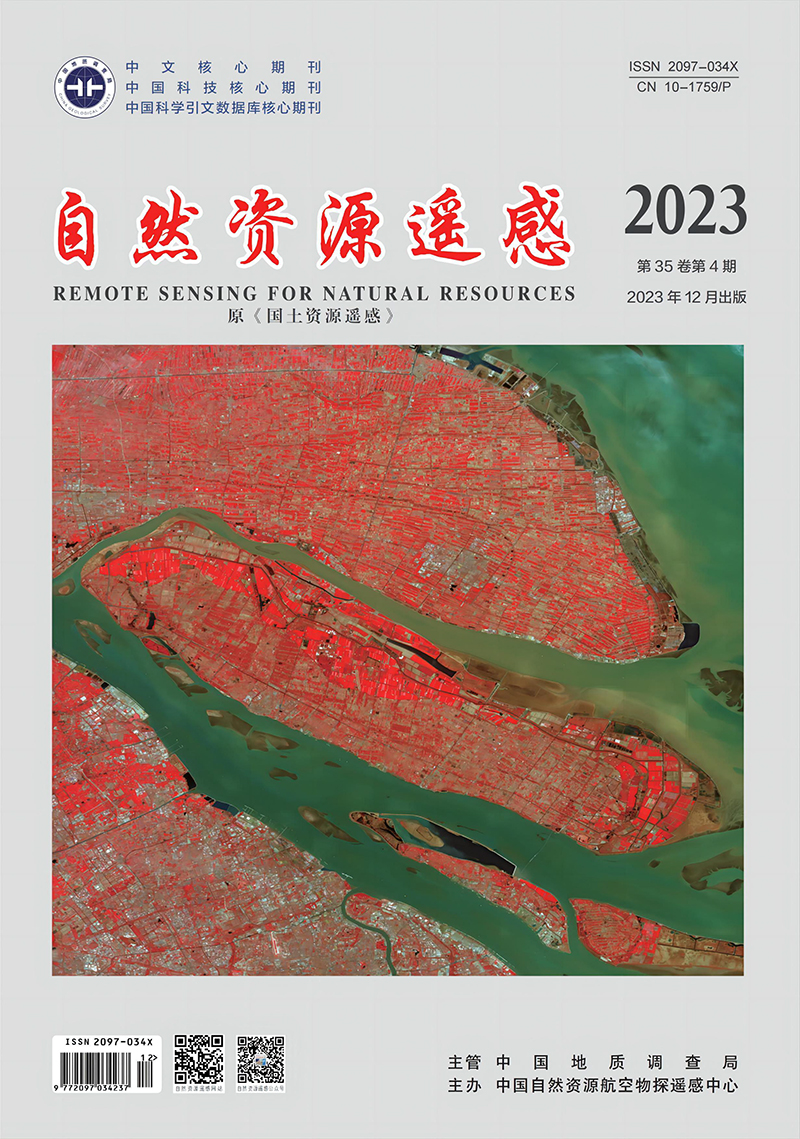LI Na, DONG Xinfeng, WANG Jinglan, CHEN Li, GAN Fuping, LI Tongtong, ZHANG Shifan. 2023. Comparative study on atmospheric correction methods for ZY-1 02D hyperspectral data for geological applications. Remote Sensing for Natural Resources, 35(4): 17-24. doi: 10.6046/zrzyyg.2022349
| Citation: |
LI Na, DONG Xinfeng, WANG Jinglan, CHEN Li, GAN Fuping, LI Tongtong, ZHANG Shifan. 2023. Comparative study on atmospheric correction methods for ZY-1 02D hyperspectral data for geological applications. Remote Sensing for Natural Resources, 35(4): 17-24. doi: 10.6046/zrzyyg.2022349
|
Comparative study on atmospheric correction methods for ZY-1 02D hyperspectral data for geological applications
-
1. China Aero Geophysical Survey and Remote Sensing Center for Natural Resources, Beijing 100083, China
-
;2. School of Earth Sciences and Resource,China University of Geosciences(Beijing),Beijing 100083, China
-
;3. Sichuan Water Conservancy Vocational College,Chengdu 610000, China
More Information
-
Corresponding author:
DONG Xinfeng
-
Abstract
Hyperspectral data, exhibiting technical advantages in the spectral dimension, have been extensively used for accurately identifying surface features, particularly mineral information. Mineral identification relies on hyperspectral reflectance products, necessitating the application of proper atmospheric correction methods to obtain high-precision surface reflectance products that meet application requirements. Hence, three commonly used atmospheric correction models, ATCOR, FLAASH, and QUAC, were utilized to correct the hyperspectral data acquired by the ZY-1 02D satellite. Moreover, a comparative analysis was conducted on their visual effects, spectral analysis of typical surface features, and extraction of mineral information. The results are as follows: ① All three atmospheric correction models can effectively enhance image clarity in terms of visual effects. Specifically, the ATCOR model slightly outperformed the FLAASH and QUAC models; ② The correlation coefficients (R2) between the typical surface feature spectra of the three models and the ASD-measured spectra showed average values exceeding 0.7, suggesting high consistency and accuracy. Especially, the imaging spectra derived from the inversion results of the ATCOR model were more similar to the ASD-measured spectra; ③ The three models yielded relatively consistent results in chlorite identification but divergent results in sericite identification. Comparatively, the FLAASH and QUAC models exhibited high omission rates in surface regions with low sericite content. Overall, all three models can achieve satisfactory atmospheric correction effects, but the ATCOR model is superior to the other two models in mineral identification.
-

-
-
Access History







 DownLoad:
DownLoad: